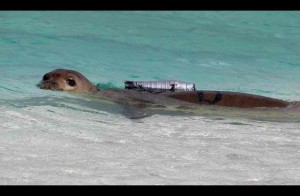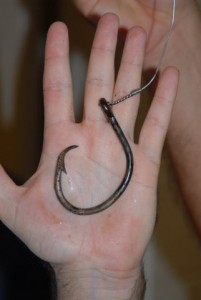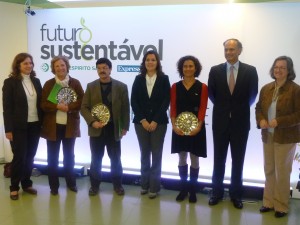Press Release, Iridescent Publishing, 12 June 2012
 William M Johnson’s critically-acclaimed satire, Making a Killing, has recently been republished by Iridescent Publishing as an Amazon Kindle ebook. The publication marks the 20th anniversary of the Earth Summit (June 20-22), when some 50,000+ dignitaries, bureaucrats, scientists, nature managers, conservationists, business leaders, celebrities, and the world’s press will once again converge upon glamorous Rio de Janeiro for the UN’s “Rio+20” Earth Summit — billed as a ‘once in a lifetime opportunity’ to save the planet.
William M Johnson’s critically-acclaimed satire, Making a Killing, has recently been republished by Iridescent Publishing as an Amazon Kindle ebook. The publication marks the 20th anniversary of the Earth Summit (June 20-22), when some 50,000+ dignitaries, bureaucrats, scientists, nature managers, conservationists, business leaders, celebrities, and the world’s press will once again converge upon glamorous Rio de Janeiro for the UN’s “Rio+20” Earth Summit — billed as a ‘once in a lifetime opportunity’ to save the planet.
With elephant-hunting royalty again in the news, nature managers insisting that endangered species must be made to pay for their own conservation, sea levels on the rise and deserts on the march, the frenetic political escapism, corporate wheeling and dealing, and media frenzy that Making a Killing flayed back in 1996, are if anything even more acute today — and just as deserving of this satire’s poison-tipped pen.
An End of the World Black Comedy, ‘the deepest shade of noir…’ — BBC Wildlife
‘[A] highly original, often unexpectedly witty but frightening tale of man’s destruction of the Earth and his seeming indifference to the fate of all creatures but his own… This sharp, brilliantly observed book deserves a wide audience.’ — Virginia McKenna
‘A mind-blowing and witty exposé… A no-holds barred, no mercy account of the conservation mercenaries’ (Have Bad News — Will Travel — First Class) successful efforts to get a rich living from a dying planet…’ — Ian MacPhail, a founder of World Wildlife Fund (WWF)
Excerpts of Making a Killing are available for free download on Iridescent’s new website www.iridescent-publishing.com, where several monk seal titles are also available.

 Some fishermen blame the endangered species for stealing their catch. There are unfounded rumors that they devour and deplete fish stocks. And at least four of them have been killed by humans in Hawaii since late last year.
Some fishermen blame the endangered species for stealing their catch. There are unfounded rumors that they devour and deplete fish stocks. And at least four of them have been killed by humans in Hawaii since late last year. William M Johnson’s critically-acclaimed satire, Making a Killing, has recently been republished by Iridescent Publishing as an
William M Johnson’s critically-acclaimed satire, Making a Killing, has recently been republished by Iridescent Publishing as an  The Department of Land and Natural Resources (DLNR) and NOAA Fisheries announced this week that since March 2012, NOAA Fisheries, DLNR, and partners have responded to five seal hooking incidents involving four individual Hawaiian monk seals. Three of these responses are still in progress.
The Department of Land and Natural Resources (DLNR) and NOAA Fisheries announced this week that since March 2012, NOAA Fisheries, DLNR, and partners have responded to five seal hooking incidents involving four individual Hawaiian monk seals. Three of these responses are still in progress.
